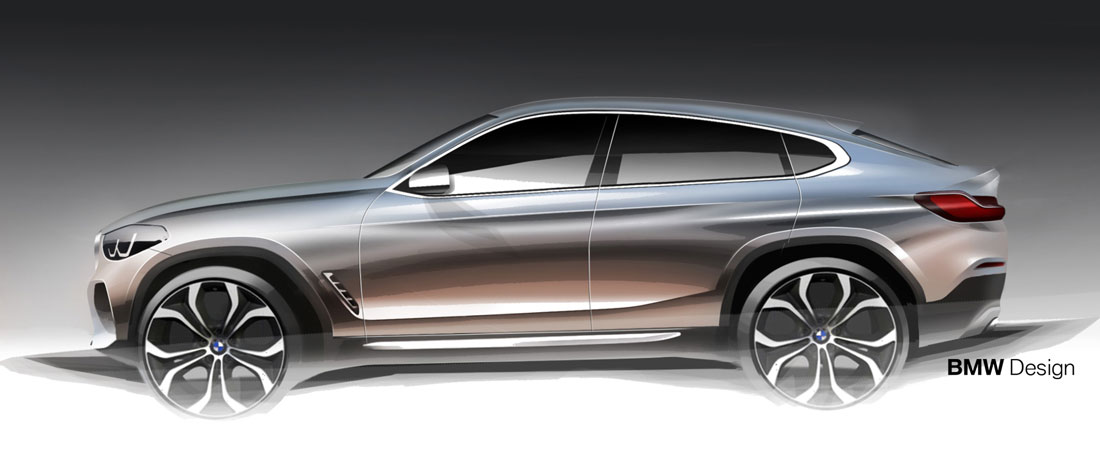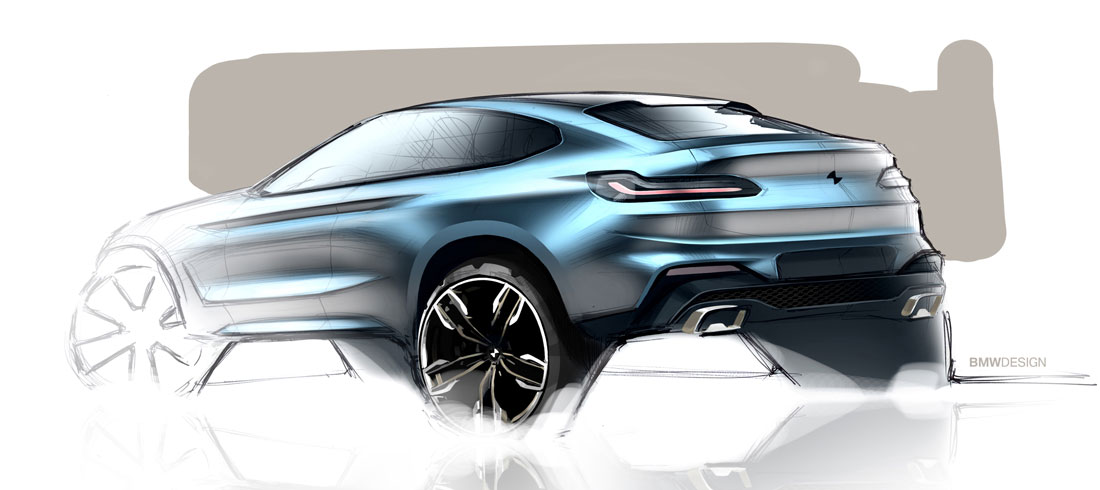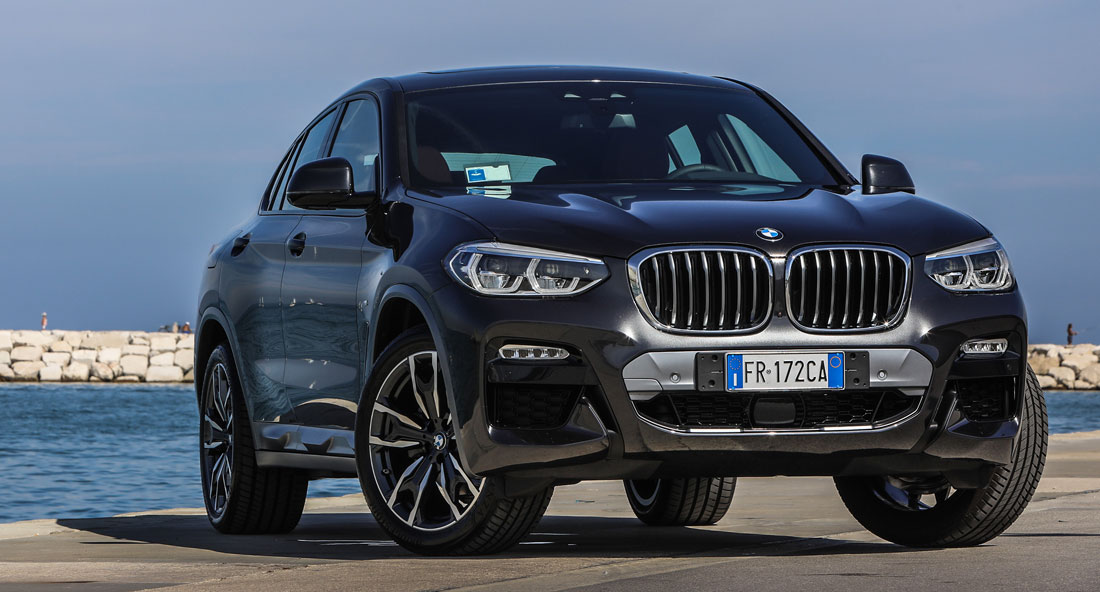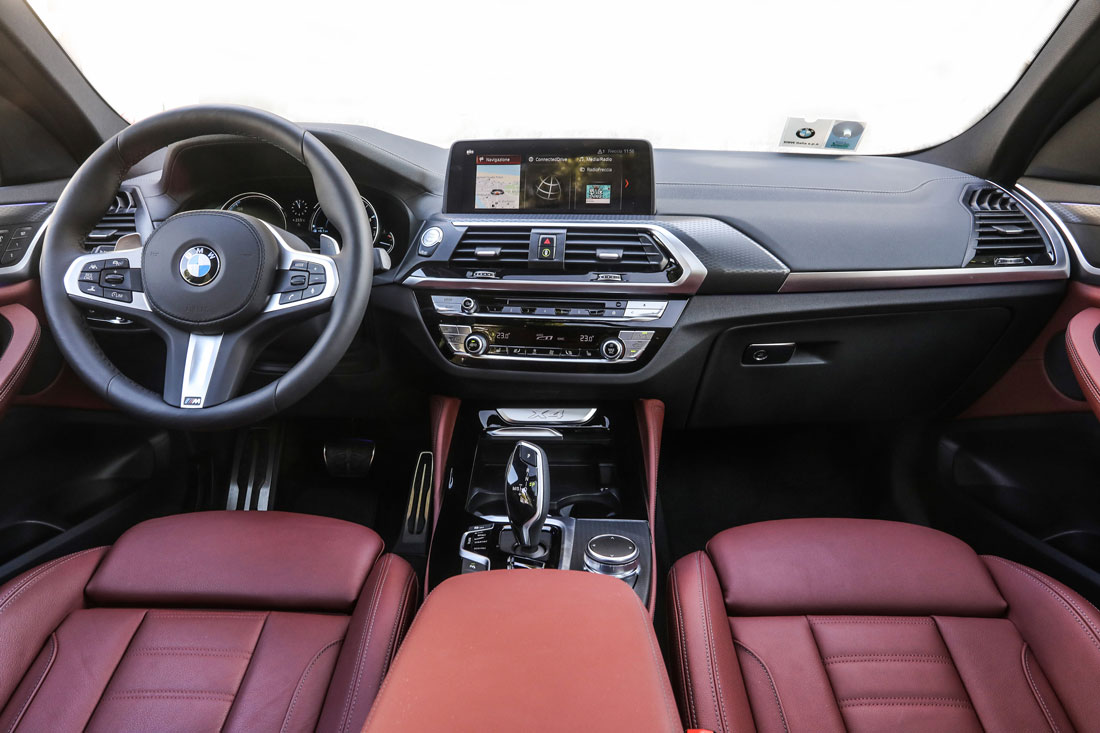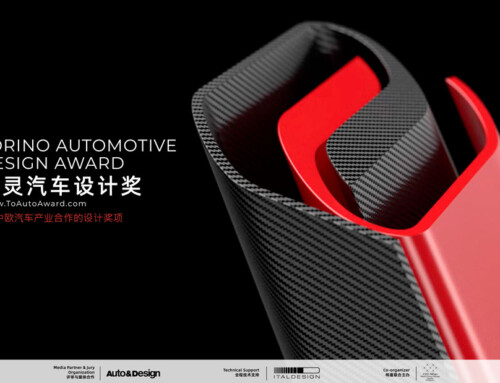The overall length has been increased by 8.1 cm, perhaps with the aim of giving the sloped rear window more room to flow. The width and height variations are more limited, of the order of 3 or 4 cm, giving a silhouette that overall does not differ too much from the past. However, the road presence of the dynamic Bavarian Suv-coupé, based on the more recent X3 and therefore completely redesigned, appears equally innovative and fresh.
At first glance, looking at its styling next to other cars parked in the street, it might seem that the merit is attributable to the rear: entirely redesigned, it seems less soft and plastic than on the previous series, yet just as muscular and powerful. The rear lights, moreover, adopt a red-grey colour scheme that is quite new for this manufacturer as though they want the car to stand out from its siblings, the X5 and, indeed, the X3.
A closer look, however, brings to light what is perhaps the most authentic aspect of the model’s aesthetic evolution: its clean lines. The audacious ribbing that once reared upwards to almost intersect the humps on the rear wheel arches, is today replaced on the sides by a determined, almost horizontal line giving more regularity to the volumes. It is no coincidence that Adrian van Hooydonk, Senior Vice President of Design at BMW, said: “The second-generation X4 combines a distinctive, dynamic profile with a clear and simple use of form”.
When you consider that the first generation has recorded sales in the region of 200,000 units in four years, everything suggests that the updated current model will retain the same allure.

